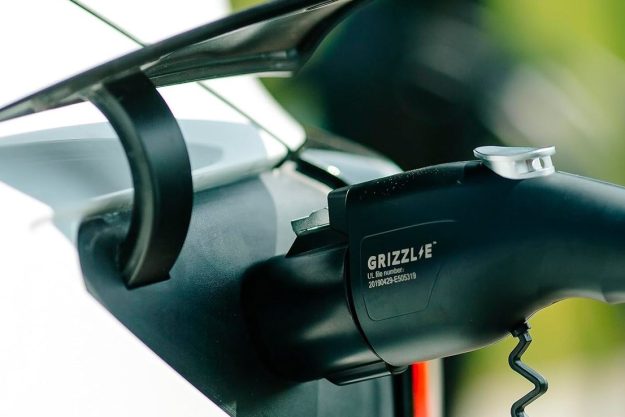What AMG is to Mercedes-Benz, now AMR is to Aston Martin — only more so. Yesterday at the 2017 Geneva Motor Show, Aston Martin launched its new AMR race-inspired performance brand. The company showed two concept cars, the Rapide AMR and Vantage AMR Pro.
Confirming that both cars are greenlighted for production in very limited numbers, Aston Martin’s President and CEO Andy Palmer said, “As passionate enthusiasts of Aston Martin’s competition pedigree, AMR is something we have wanted to bring to fruition for some time. Cars such as the Vantage GT8 and Vantage GT12 confirmed that our customers love raw, race-bred models, but we also knew there was an opportunity to create cars that offer a sharper performance focus but stop short of those truly hardcore, special series models. With the AMR brand, we have the perfect platform to deliver both. As proof of that intent, I’m incredibly excited to announce that we will be putting both the Vantage AMR Pro and Rapide AMR into production: the Vantage in an extremely limited series of no more than 7 cars; the Rapide as a run of only 210 cars. They are the start of something very exciting — a program that will eventually see an AMR version of every model in the Aston Martin range.”
Cast as the ultimate iteration of Aston Martin’s Vantage, the Vantage AMR Pro is built for the track. Loaded with race-spec adjustable suspension, competition engine, and transmission mounts, the Vantage AMR Pro is propelled by a 507PS version of the Aston Martin Racing GT4 race engine. Michelin Pilot Cup 2 tires fit on 19-inch by 9.5-inch front and 19-inch by 11.5-inch rear center lock wheels. Like the Rapide AMR, the Vantage AMR Pro is Stirling Green with lime green accents — the colors of the Aston Martin Racing’s V8 Vantage GTE race car.
With a 600PS version of the Aston Martin 6.0-liter V12 engine, the Rapide AMR tops out at 210 mph. Aston Martin said the Rapide AMR will serve as the “dynamic and visual blueprint for future AMR models.” The car has a new signature grille, a quad exhaust system, and rides on 21-inch alloy wheels. Extensive carbon fiber detailing on the exterior is used inside the cabin as well with carbon fiber seats, waterfall, center console, and door casings.
Aston Martin EVP and Chief Creative Officer Marek Reichman explained how the AMR brand is the right next step for the company. “Each time we have pushed the boundaries and done something extreme, the customers have loved the cars. AMR enables us to take Aston Martin into a new dimension. One where we can turn up the sporting DNA present in all of our models and make a true statement. An AMR model will have an instantly recognizable design language. One that accentuates and amplifies, together with the latest GT race car technology for the road. They will be special and rare cars that are credible, thrilling to drive and hugely desirable to own.”
Aston Martin makes a statement for the AMR brand even in the location of the European development and brand center, which is in view of the Nurburgring Nordschleife race track.
Editors' Recommendations
- The best Aston Martins of all time
- 2021 Aston Martin DBX is perfect for a 00 agent with a family
- Aston Martin goes from four wheels to two with AMB 001 motorcycle
- Aston Martin’s first SUV will share an engine with its sports car siblings
- Aston Martin will put its Valkyrie hybrid hypercar to the ultimate test




